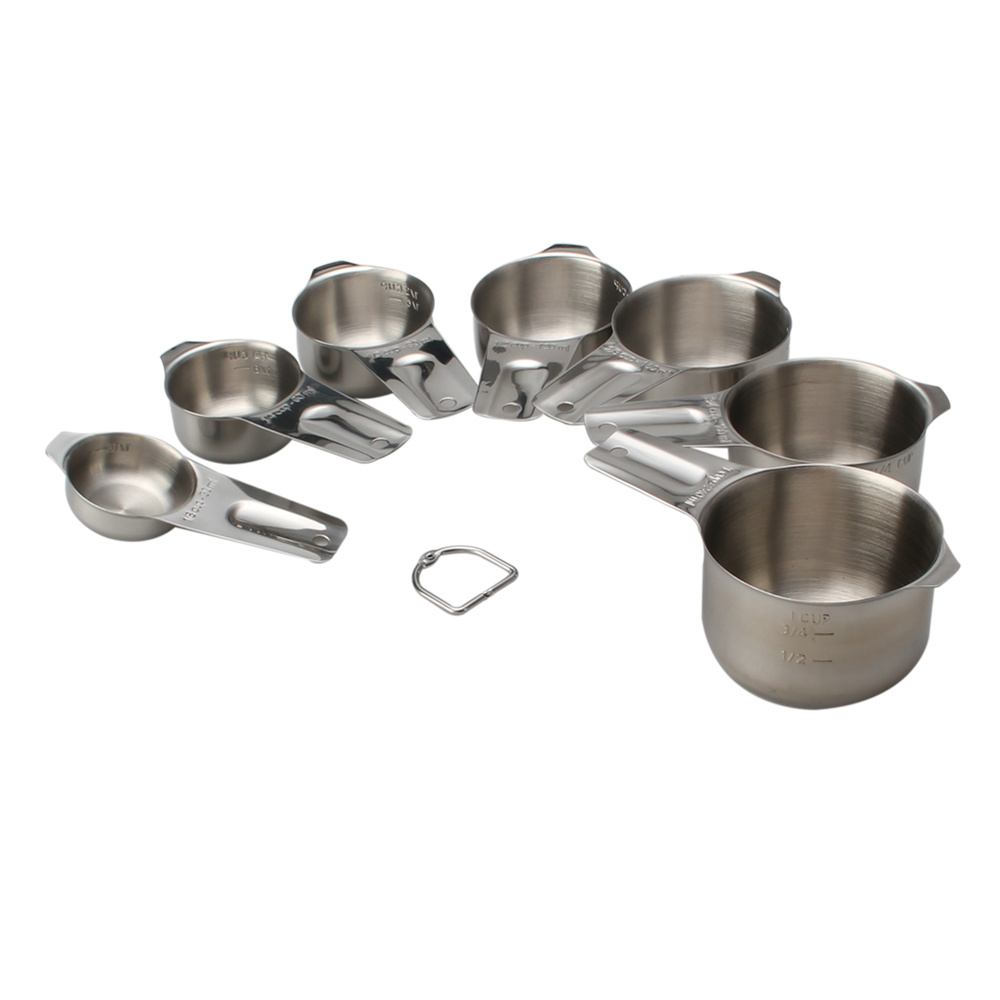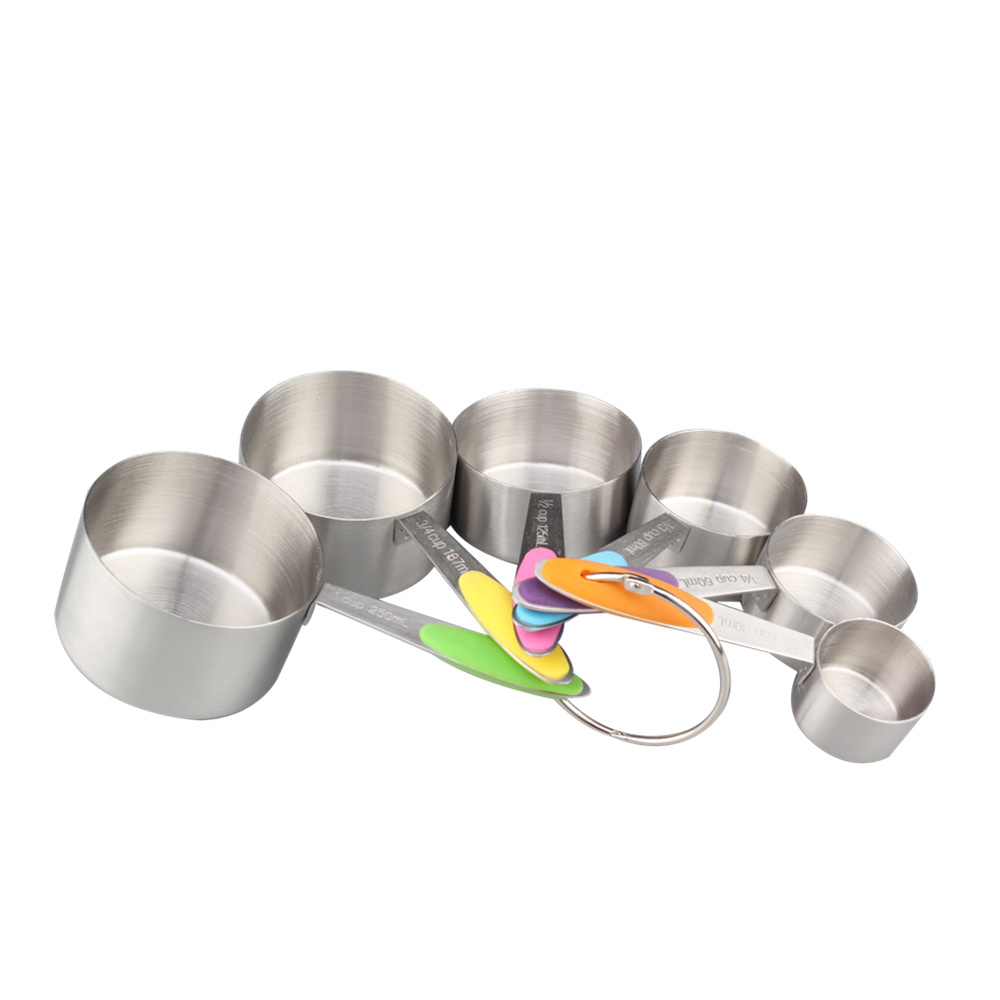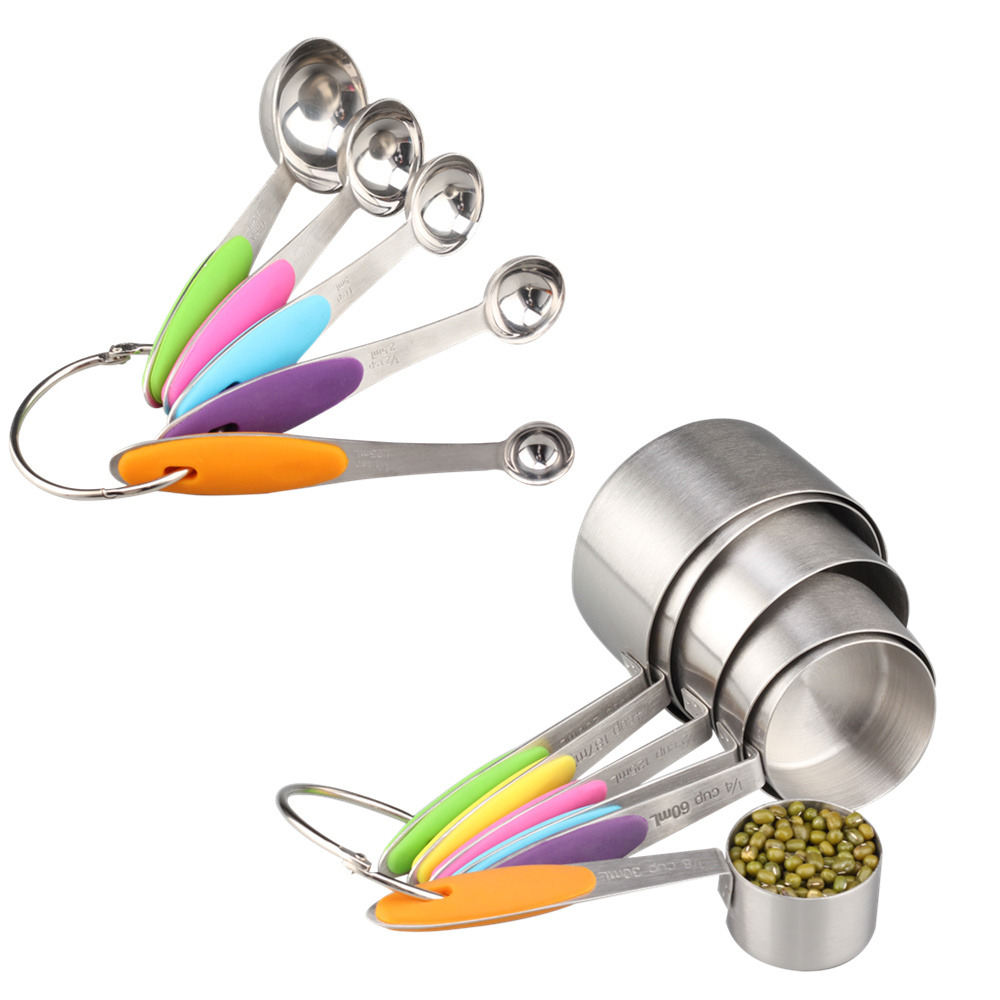The effect of grinding on die life
In actual production, the factors influencing the mold failure include: 1 mold structure; 2 mold materials; 3 cold and hot processing manufacturing process (forging, heat treatment, cutting, grinding, electrical processing, etc.); 4 mold working conditions. To improve the life of the mold, it is necessary to carefully analyze the causes of the mold damage and various influencing factors, and formulate methods and measures to overcome it.
At present, there are two kinds of mold manufacturing process routes in the world: First, to improve the precision and quality of machining and electrical machining, so that the manual finishing of the work to a minimum, such as high-precision machine tools and high-speed forming milling machine and its processing technology The development will lay the foundation for the development of this process route. The second is to focus on the polishing and grinding processes in the finishing process, and the processing man-hours are almost equal to those of mechanical processing and EDM. A mold is composed of a large number of parts. The quality of the parts directly affects the quality of the mold, and the final quality of the parts is guaranteed by finishing. In most mold manufacturing enterprises in China, the methods used in the finishing process are generally grinding, electrical machining, and fitter processing.
The influence of grinding process on the life of the mold has not been given sufficient attention. Due to the incorrect grinding process, the surface of the workpiece is burned, grinding cracks, grinding marks and grinding stress are generated, resulting in subsequent processes and molds during service. Mechanical fatigue, cold and heat fatigue crack initiation, seriously affect the life of the mold.
It is the purpose of this paper to study and discuss how to improve the quality of grinding, increase the service life of the mold, prolong service time, and promote the use of new mold technology.
1, mold grinding
The essence of the grinding process is that the workpiece is ground on the surface of the metal, and it is deformed under the squeezing and friction effects of countless abrasive grains, and then turns into wear debris and forms a smooth surface. The whole process of grinding shows the effect of force and heat.
1 During the grinding process, the machined surface generates thermal expansion under the effect of cutting heat. At this time, the temperature of the base metal is low, and therefore the surface generates hot compressive stress. When the grinding is finished, the surface temperature of the workpiece is reduced. Because the surface has generated thermal plastic deformation and is limited by the substrate, residual tensile stress is generated on the surface, and residual compressive stress is generated in the inner layer.
2 During grinding, the grinding wheel and the workpiece are in contact with the arc surface. When the grinding wheel cuts, the workpiece is plastically deformed and the friction between the grinding wheel and the workpiece is severe. Thus, the grinding force is formed between the grinding wheel and the workpiece in the same direction and in the opposite direction. When the material is plastically deformed, relative displacement occurs between the metal molecules inside the workpiece material, internal friction is generated and heat is generated, and external friction between the grinding wheel and the workpiece also generates heat, and this grinding heat generates a local instant of 1000° C. in the grinding zone. High temperature, but the grinding wheel is not easy to heat transfer, so 80% of the heat into the workpiece and wear debris, and the metal in the solid state with the temperature change from a lattice to another lattice, the occurrence of metallurgical organization changes When grinding hardened steel, the cooling is sufficient, the surface layer is quenched twice, part of the retained austenite is transformed into martensite, and the specific volume of martensite is larger, the specific volume increases, and the surface generates compressive stress. The cooling is not good, or the coolant is not used, the surface is tempered, and the martensitic transformation occurs. The surface produces tensile stress (such as γFe to α-Fe, the volume of iron will expand by 1%), these stresses ( The residual stress can reach 500-1000 MPa. If the yield limit of the material is exceeded, grinding cracks will occur. In addition, the mold is not immediately tempered after quenching, the quenching temperature is too high, there is mesh carbonization, and no tempering after tempering. If there is too much martensite or retained austenite, phase transformation will occur during grinding, and stress will crack the surface of the workpiece. Grinding crack is a very fine surface crack, and there are three types of grinding cracks: parallel lines, network cracks, and eight-shaped cracks. The direction of the crack is related to the shape of the mold. The direction of crack development is related to the grinding direction of the grinding wheel on the workpiece surface, and the depth is within 0.03 mm.
3 When grinding, the grinding wheel is not sharp, the feeding amount is large, the cooling is bad, etc. The temperature generated on the surface of the workpiece reaches 300° C., causing burns to the surface of the workpiece.
2. Measures to reduce grinding defects
1 Reasonably select the grinding amount, use the fine grinding method with small radial infeed and even fine grinding. If the radial feed and the speed of the grinding wheel are appropriately reduced, and the axial feed is increased, the contact area between the grinding wheel and the workpiece is reduced, the heat dissipation conditions are improved, and the surface temperature is effectively controlled.
2 Reasonable selection and dressing of the grinding wheel, the use of white corundum grinding wheel is better, its performance is hard and brittle, and easy to produce a new cutting edge, so the cutting force is small, the grinding heat is small, the use of medium grain size in the grain size, such as 46 ~ 60 mesh is better, in the grinding wheel hardness using soft and soft (ZR1, ZR2 and R1, R2), that is, coarse-grained, low hardness grinding wheel, self-excitement can reduce the heat of cutting.
It is very important to select the proper grinding wheel for the finish grinding. For the high vanadium and high molybdenum conditions of the die steel, the GD single crystal corundum grinding wheel is suitable. When processing hard alloys and materials with high quenching hardness, the organic binder is preferred. Grinding wheels, organic binder grinding wheel grinding, workpiece roughness up to Ra0.2μm, in recent years, with the application of new materials, CBN (cubic boron nitride) grinding wheel shows very good processing results, In CNC grinding machine, coordinate grinding machine, CNC internal and external grinding machine, the effect is better than other types of grinding wheel.
In the grinding process, it is necessary to pay attention to dressing the grinding wheel in time to maintain the sharpness of the grinding wheel. When the grinding wheel is passivated, it will slide and squeeze on the surface of the workpiece, causing the surface of the workpiece to burn and reduce the strength.
3 The rational use of cooling lubricant, play three roles of cooling, washing, lubrication, keep the cooling lubrication and clean, so as to control the grinding heat within the allowable range, in order to prevent the workpiece from thermal deformation. Improve cooling conditions during grinding, such as using oil-impregnated grinding wheels or internally cooled grinding wheels. The cutting fluid is introduced into the center of the grinding wheel, and the cutting fluid can directly enter the grinding zone to exert an effective cooling effect and prevent the surface of the workpiece from being burned.
4 The quenching stress after heat treatment is reduced to a minimum, because the quenching stress and the networked carbonized structure under the action of the grinding force make it easy for the workpiece to produce cracks due to the phase change in the structure. For high-precision molds to eliminate residual stresses from grinding, low-temperature aging treatments should be performed after grinding to increase toughness.
5 eliminate the grinding stress can also be immersed in a 260 ~ 315 °C salt bath for 1.5 min, then cooled in 30 °C oil, so the hardness can be reduced by 1HRC, residual stress decreased by 40% ~ 65%.
6 For precision grinding of precision molds with a dimensional tolerance within 0.01 mm, pay attention to the influence of ambient temperature and require constant temperature grinding. From the calculations, it can be seen that when the temperature difference is 3°C, the 300 mm long steel piece has a change of about 10.8 μm (10.8=1.2×3×3, and the deformation amount is 1.2 μm/°C per 100 mm), and all the finishing processes are required. Consider the impact of this factor.
7 Adopt electrolytic grinding process to improve the precision and surface quality of the mold. During electrolytic grinding, the grinding wheel scrapes the oxide film: instead of grinding the metal, the grinding force is small, the grinding heat is also small, there is no phenomenon such as grinding burr, cracks, burns, etc. Generally, the surface roughness can be better than Ra0 .16μm; In addition, the wear of the grinding wheel is small, such as grinding cemented carbide, the wear of the silicon carbide grinding wheel is about 400% to 600% of the weight of the cemented carbide, and the abrasion of the grinding wheel is used in electrolytic grinding. The amount is only 50% to 100% of the cemented carbide removal amount.
3 Conclusion
In short, the mold must pay full attention to the grinding process during manufacture, so as to minimize the grinding microcracks and residual stress, so as to increase the service life of the mold. Mold manufacturing is the continuation of mold design and is the process of verifying the correctness of the design. Advanced, high-efficiency, high-precision machine tools and automated production technology are used in modern mold production. The grinding work will account for 25% to 45% of the total manufacturing time of the mold. The development of China's mold industry has made great progress today, but it still has a big gap with the advanced level in foreign countries. See the schedule for the comparison of mold life. The quality of the finished product produced by the mold is closely related to the precision of the mold manufacturing, especially the accuracy and surface roughness of the mold cavity surface.
Measuring Cup Set
1: More durable than the silicone and plastic items.
2:Clearly engrave size on the body or handle, more convenience when using .
3:They could be used for any food, rust resistant, will not be polluted or eroded, make your cooking always safe and health.
4: Soft silicone handles to allow even clumsy fingers to hold tight, and smooth edge eliminate the concerns of the hand injured.
5: Stacked and organized in one bundle with easily removable ring, Helps to keep it together as a set and store them in any drawer, cabinet or cupboard.
Description of Measuring Cup Set
Material:SS201/SS304
Handle :some items can add silicone handle
Finishing: Satin polishing ,Mirror Polishing ,Color painting
Logo: Laser logo, Etching logo, Silk printing logo, Embossed logo, Decal logo
MOQ : 2000 PCS
Packaging : White box, Mail box or Customized package
Sample Time : 7~10 days
Lead Time :60 days after have the deposit
Payment: T/T ,L/C or others
Payment term: 30% deposit before production and 70 % balance against the copy B/L



FAQ:
1:How can I get the sample?
We can provide the sample for customers to check the quality.
Please kindly provide the delivery info for calculate the sample cost. If you have DHL /TNT/UPS/FEDEX account, please also kindly provide it to us.
You can do the payment of sample via T/T and PayPal.
2:How about the sample time?
Usually the sample time is 7~10 days after have the sample cost.
3:How long will it take for mass production?
Usually 45~60 days after have the deposit.
4:Can we have our logo or company name to be printed on your products or the package?
Welcome OEM.
5:what certificate can you provide?
CE,CB,GS,FDA,LFGB,ROHS are available here.
6:How can we get your monthly new products announcement?
Please join our mailing lists.
Measuring Cup
Measuring Cup Set,Stainless Steel Measuring Cup,Measuring Cup With Silicone Handle,Metal Measuring Cups
Jiangmen Wellway Houseware Co.,Ltd , https://www.wellwayhouseware.com